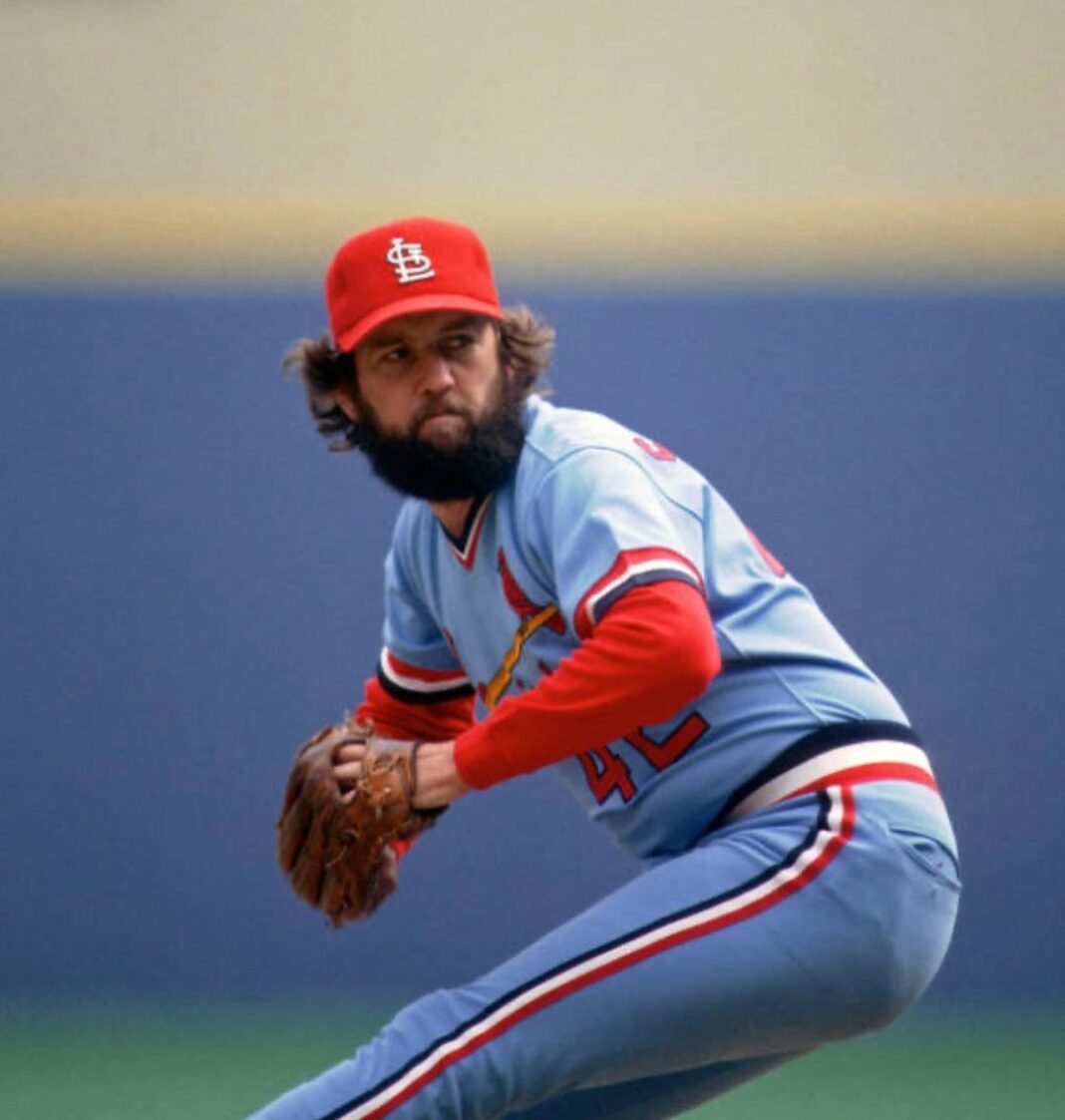The role of a relief pitcher is crucial in the dynamics of a Major League Baseball (MLB) game. Relief pitchers are specialized athletes who come into the game after the starting pitcher, and their performance can significantly influence the outcome of a match. In this article, we will explore the various aspects of a relief pitcher’s role, their responsibilities, and the skills that set them apart from starting pitchers.
In baseball, the term "relief pitcher" refers to a pitcher who enters the game to replace another pitcher, typically to close out a game or to provide a strategic advantage. The importance of this position cannot be overstated, as relievers are often relied upon to maintain a lead or minimize damage during high-pressure situations. Understanding their role is essential for fans and aspiring players alike.
This comprehensive guide will delve into the intricacies of being a relief pitcher, from the different types of relievers to the strategies they employ on the mound. We will also discuss the physical and mental attributes required for success in this demanding role. Whether you're a seasoned baseball enthusiast or a newcomer to the sport, this article aims to provide valuable insights into the world of relief pitching.
Table of Contents
1. Definition of a Relief Pitcher
A relief pitcher is a baseball pitcher who enters the game after the starting pitcher has been removed. They are often called upon in late-game situations to either maintain a lead or protect a close score. The primary goal of a relief pitcher is to deliver effective pitching under pressure, which can vary significantly depending on the game situation.
2. Types of Relief Pitchers
Relief pitchers can be categorized into various types, each with specific roles and responsibilities. Understanding these categories is essential for comprehending the relief pitching strategy within a team.
2.1 Closer
The closer is typically the most reliable and skilled relief pitcher on the team, often called upon to finish games when the team is ahead. Their primary responsibility is to secure the final outs and prevent the opposing team from scoring.
2.2 Setup Man
The setup man acts as a bridge between the starting pitcher and the closer. They usually pitch in the eighth inning, preparing the game for the closer by keeping the opposing team's batters at bay.
2.3 Middle Reliever
Middle relievers are often used in the middle innings of a game when the starting pitcher is struggling or when a game is tied. They play a vital role in maintaining the team’s chances of winning.
2.4 Long Reliever
Long relievers are typically used when a starting pitcher is unable to complete their outing, often due to injury or poor performance. They are expected to pitch multiple innings to save the bullpen and keep the game competitive.
3. Responsibilities of a Relief Pitcher
Relief pitchers have several key responsibilities that are critical to a team's success. These include:
- Maintaining the lead: Relief pitchers must effectively close out games, ensuring that the opposing team does not score.
- Entering in high-pressure situations: They often face tough batters and must perform under pressure.
- Limiting runs: Keeping the opposing team from scoring is crucial for maintaining the team's chances of victory.
- Saving the bullpen: Effective performance can help conserve the energy of other pitchers for future games.
4. Skills Required for Relief Pitchers
To excel as a relief pitcher, several skills are essential:
- Fastball Velocity: A strong fastball is often a key component of a successful relief pitcher's arsenal.
- Breaking Balls: The ability to throw effective sliders, curveballs, or change-ups can confuse batters.
- Mental Toughness: Relief pitchers must be able to handle pressure and bounce back from adversity.
- Control: Precise control over pitches is critical to avoid walks and hit batters.
5. Strategies Employed by Relief Pitchers
Relief pitchers utilize various strategies to maximize their effectiveness in games:
- Scouting Reports: They study opposing batters to identify weaknesses and adjust their pitching accordingly.
- Pitch Selection: Choosing the right pitch for each situation is vital for getting batters out.
- Maintaining Composure: Staying calm during high-pressure moments helps them perform better.
6. Statistics and Performance Metrics
The performance of relief pitchers can be measured using various statistics, including:
- Earned Run Average (ERA): Measures the average number of earned runs a pitcher allows per nine innings.
- WHIP (Walks and Hits per Innings Pitched): Indicates how many base runners a pitcher allows per inning.
- Saves: A statistic that counts how many games a pitcher finishes while preserving a lead.
7. Famous Relief Pitchers in MLB History
Several relief pitchers have made a significant impact in MLB history:
- Mariano Rivera: Widely regarded as one of the greatest closers in baseball history.
- Trevor Hoffman: Second all-time in saves, known for his exceptional change-up.
- Rollie Fingers: A pioneer of the relief pitcher role, famous for his handlebar mustache.
8. Conclusion
In summary, relief pitchers play a pivotal role in the success of a baseball team. Their ability to perform under pressure, maintain control, and execute strategies effectively can make or break a game. Understanding the nuances of this position enhances our appreciation of the sport and the incredible athletes who fill this role.
If you're passionate about baseball, consider sharing your thoughts in the comments below or exploring more articles on our site to deepen your understanding of this fascinating sport.
Thank you for reading! We hope you found this article informative and engaging. Be sure to visit us again for more insights into the world of baseball.
Also Read
Article Recommendations



ncG1vNJzZmivp6x7tMHRr6CvmZynsrS71KuanqtemLyue9WiqZqko6q9pr7SrZirq2FlfLOxy6Kcn2WgnsGktMSrZaGsnaE%3D